If you've ever wandered into a spice market and sniffed the air, wondering which cinnamon was worth your hard-earned cash, you're not alone. But here's the twist — not all cinnamon is created equal! There's regular cinnamon (also known as cassia), and then there's the holy grail of cinnamon: Ceylon cinnamon. So, where do you find Ceylon cinnamon, and why should you care? Let’s embark on a flavor-filled journey to find out!
Table of Contents
- What Is Ceylon Cinnamon Anyway?
- Why Is It Special?
- Top Places Where You Can Find Ceylon Cinnamon
- Buying Tips & How to Spot the Real Deal
- Storage Tips to Keep Your Cinnamon Fresh
- Creative Uses Beyond Apple Pie
- Frequently Asked Questions
- Conclusion
What Is Ceylon Cinnamon Anyway?
Ceylon cinnamon — often called "true cinnamon" — comes from the inner bark of trees in the Cinnamomum verum family. Unlike its more common cousin, cassia cinnamon (which is cheaper and more widely available), Ceylon has a lighter color, thinner layers, and a more delicate, sweet flavor.

Why Is It Special?
Let’s break this down with a quick comparison:
| Feature | Ceylon Cinnamon | Cassia Cinnamon |
|---|---|---|
| Taste | Mild, sweet, complex | Strong, spicy, slightly bitter |
| Coumarin Content | Very low | High (can be harmful in large doses) |
| Price | Higher | Affordable |
| Origin | Sri Lanka (mostly) | China, Indonesia, Vietnam |
Top Places Where You Can Find Ceylon Cinnamon
- Sri Lanka: The original home of Ceylon cinnamon. Markets in Colombo and Galle are bursting with fresh, aromatic sticks. In 2025, look for vendors with "Sri Lanka Cinnamon Board" certification seals for guaranteed authenticity.
- Specialty Spice Shops: In cities like New York, London, or San Francisco, stores like The Spice Garden or Penzey’s Spices carry real Ceylon cinnamon. Many now offer virtual tasting sessions to verify origin.
- Online Retailers: Websites like Amazon, iHerb, and Etsy have verified sellers offering authentic Ceylon sticks and powder. Check for batch-specific harvest dates in product descriptions.
- Health Food Stores: Brands like Frontier Co-op and Simply Organic often stock certified organic Ceylon cinnamon. New 2025 labeling standards now require origin tracing.
- International Markets: Ethnic grocery stores catering to Middle Eastern, South Asian, or Caribbean communities usually have high-quality Ceylon. Ask for "kurundu" (the local Sinhala name) to confirm authenticity.
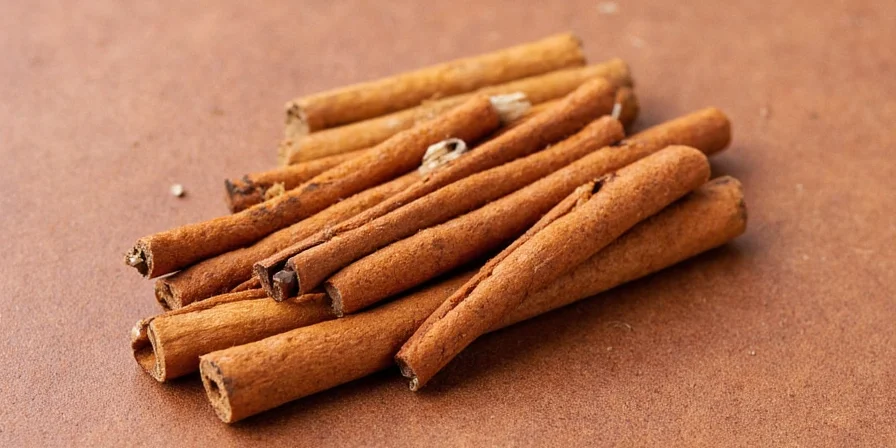
Buying Tips & How to Spot the Real Deal
Finding true Ceylon cinnamon can feel like looking for a needle in a haystack. Here are some insider tricks:
- Check the Label: Look for “Ceylon Cinnamon” or “Cinnamomum verum.” If it just says “cinnamon,” assume it’s cassia.
- Feel the Stick: Ceylon cinnamon sticks are thin, papery, and layered like parchment. Cassia sticks are thick and hard.
- Smell Test: True Ceylon has a subtle, sweet aroma. Cassia is more pungent and almost medicinal.
- Price Check: If it’s super cheap, it’s probably cassia. Ceylon costs more because it’s labor-intensive to harvest.
- Ask Questions: Talk to vendors at farmer’s markets or specialty shops. A knowledgeable seller will know the difference.
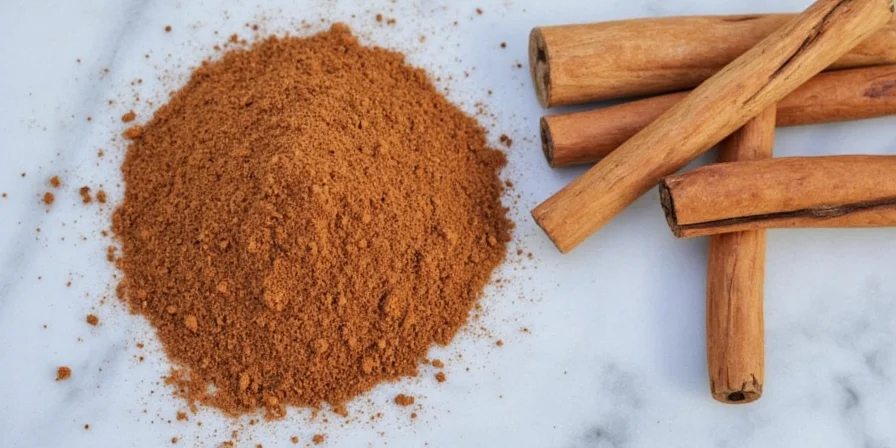
Storage Tips to Keep Your Cinnamon Fresh
Once you’ve found that prized stick (or powder), make sure to store it right:
- Airtight Container: Store both sticks and powder in sealed glass jars away from light.
- Cool & Dry Place: Humidity is cinnamon’s enemy. A pantry or cabinet works best.
- Shelf Life: Whole sticks last up to 3 years; ground cinnamon lasts about 1–2 years.
- Freeze It? Nope: Moisture from the freezer can ruin the flavor. Keep it dry!
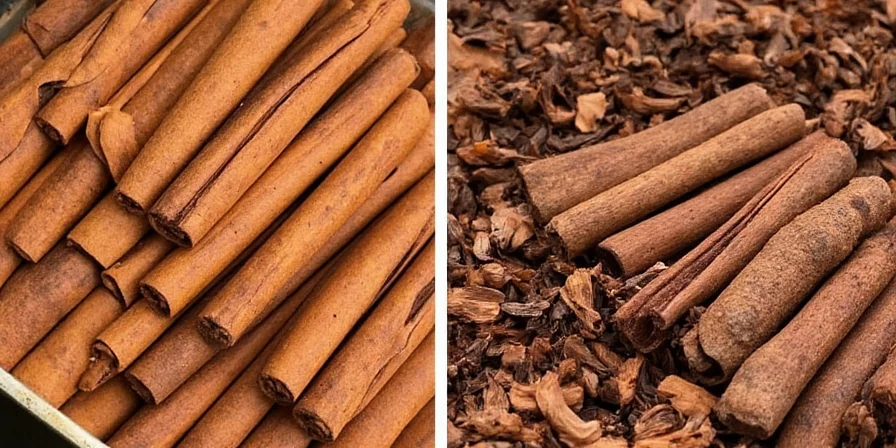
Creative Uses Beyond Apple Pie
Ceylon cinnamon isn’t just for fall desserts. Here are some surprisingly delicious ways to use it:
- Spiced Coffee: Add a stick to your French press for a warm morning boost.
- Chai Tea: Brew black tea with cardamom, ginger, milk, and a dash of Ceylon for an authentic Indian chai experience.
- Smoothie Upgrade: Sprinkle a pinch of powder into your banana-oat smoothie for extra depth.
- Rub for Roasted Vegetables: Mix with olive oil, paprika, and salt for a sweet-spicy glaze on squash or carrots.
- Dessert Infusion: Infuse whipped cream or custard with Ceylon for a refined finish.
- Sri Lankan Breakfast Secret: Steep a stick in warm milk with cardamom for a traditional morning drink that boosts cognitive function.
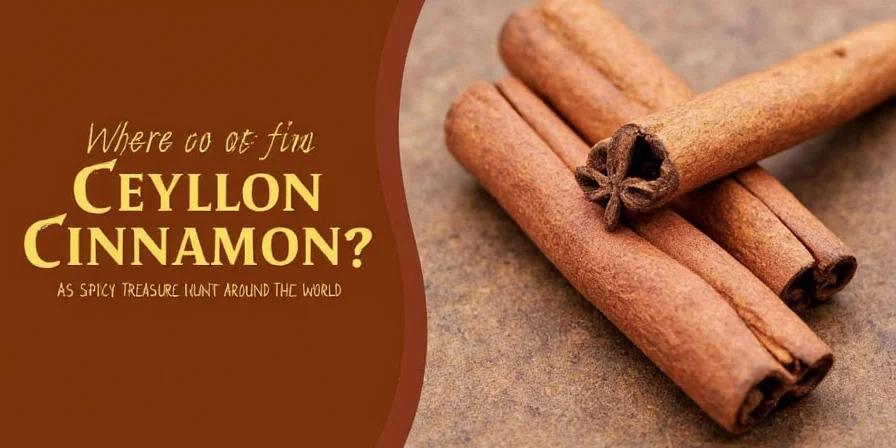
Frequently Asked Questions
Why does Ceylon cinnamon cost more than regular cinnamon?
Ceylon cinnamon requires meticulous hand-harvesting of multiple thin bark layers from young trees. This labor-intensive process yields only 10-20% of the volume per tree compared to cassia's single-layer harvest, directly impacting production costs.
Can I substitute Ceylon cinnamon for cassia in recipes?
Yes, but use 25% more Ceylon for equivalent flavor impact due to its milder profile. For health-focused cooking, Ceylon is preferable for daily use because of its negligible coumarin content.
How does 2025's Sri Lankan export certification affect authenticity?
New regulations require all Ceylon exports to carry blockchain-tracked harvest certificates. Scan the QR code on packaging to verify origin, harvest date, and processing methods - eliminating counterfeit products.
Does Ceylon cinnamon really have health benefits cassia lacks?
Both varieties share antioxidant properties, but Ceylon's extremely low coumarin levels make it safer for regular consumption. High coumarin intake from cassia may cause liver issues in sensitive individuals with prolonged heavy use.
Conclusion
So, where do you find Ceylon cinnamon? Nowhere — and everywhere. It’s hiding in plain sight if you know where to look. From bustling Sri Lankan bazaars to your local health food store, the hunt for real cinnamon is worth every penny and every sniff. With its delicate flavor, safety profile, and culinary versatility, Ceylon cinnamon transforms ordinary dishes into extraordinary experiences.
For home cooks and health-conscious consumers, prioritizing authentic Ceylon delivers nuanced flavor without compromise. Now go forth, armed with knowledge, and impress your friends with your ability to tell cassia from Ceylon by touch alone. Who knew a simple spice could turn you into a flavor detective?

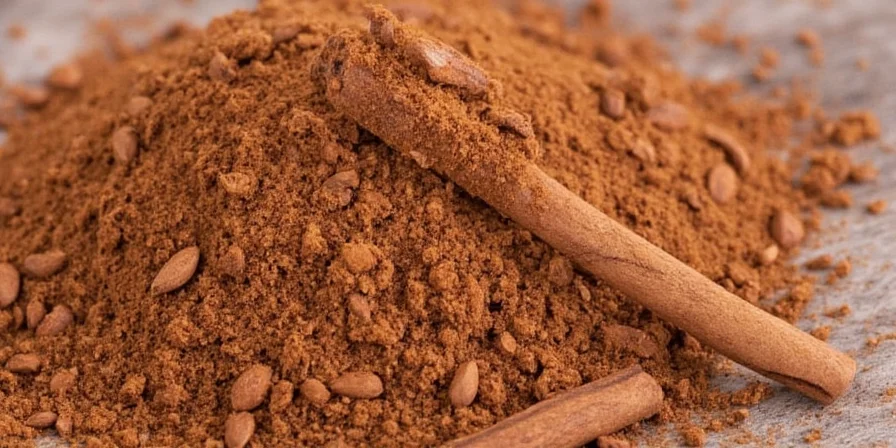









 浙公网安备
33010002000092号
浙公网安备
33010002000092号 浙B2-20120091-4
浙B2-20120091-4